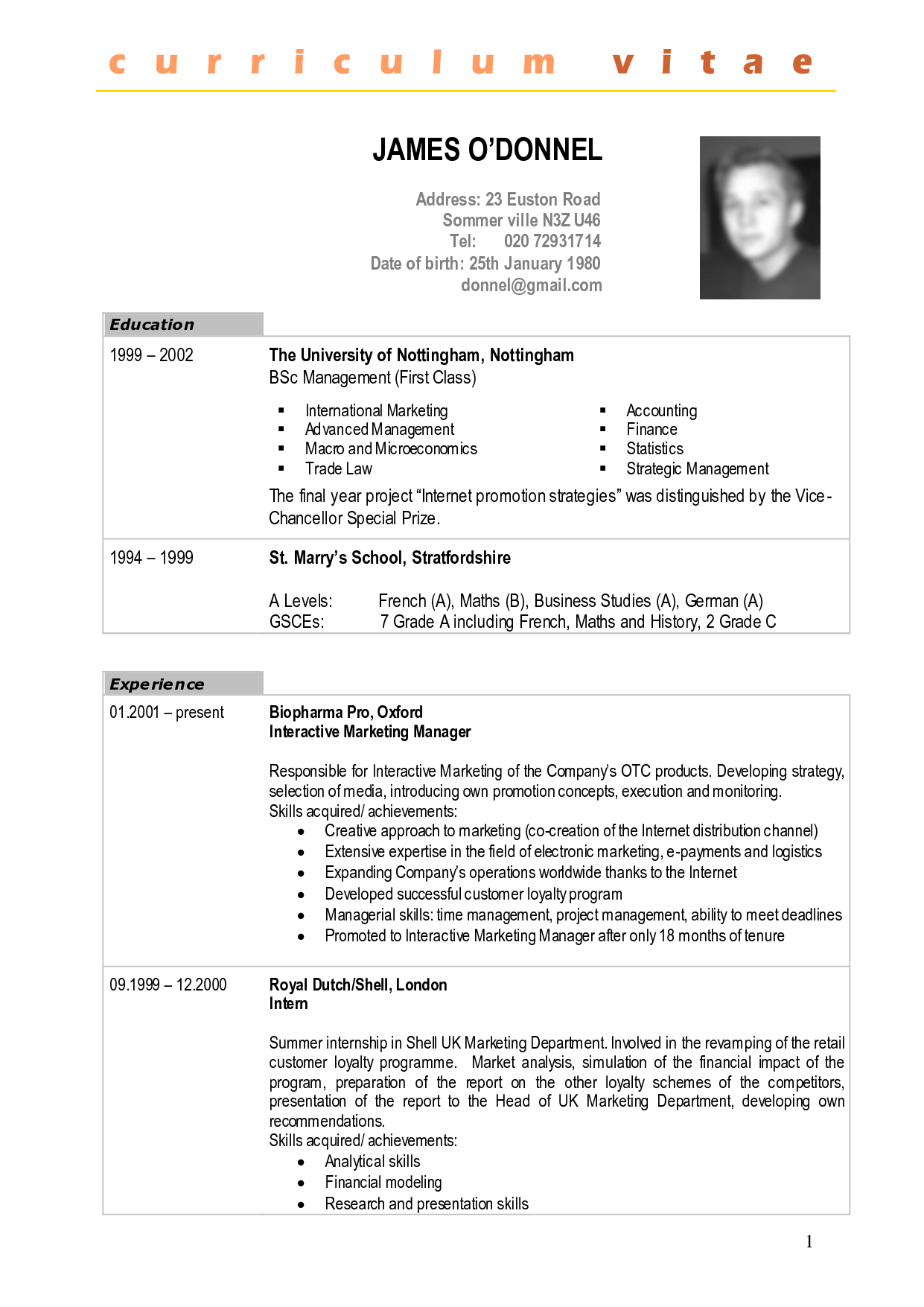Format for creating a curriculum vitae
Learn how to create a resume from a template using Microsoft Word
Meet Jezza Meet Jezza Visual CV gives my resume that little extra something to distinguish it from the rest in the pile.
The ability to quickly create a new format using the slick looking templates is why I use this product.

First impressions matter when competing for the job you want. Recruiters spend less than 6 seconds deciding whether your resume or CV is worth a second look.

VisualCV guarantees you will always make the right first impression. Choose from a variety of industry-approved templates, create multiple profile versions, and track the results. You can even edit your CV on your mobile device.
Writing a resume
Make your next move with confidence. When I see a well designed CV, I immediately give them a call even if they don't quite have the experience. It shows they are excited to work for my company, which matters more than years of experience.

This will keep your CV organized and easy to read. Be sure to edit your CV before sending it. Check spelling, grammar, tenses, names of companies and people, etc. Have a friend or career services counselor check over your CV as well. What to Include Not all CVs look the same.

You may choose to include only some of these sections because others do not apply to your background or your industry. Include what seems appropriate for your area of specialty. At the top of your CV, include your name and contact information address, phone number, email address, etc.

Outside of the US, many CVs include even more personal information, such as gender, date of birth, marital status, and even names of children. Unless you are applying to a job outside of the United States, you do not need to include this extra information. This may include college and graduate study.
Free Resume Templates You’ll Want to Have in [Downloadable]
Include the school attended, dates of study, and degree received. This may include dean's list standings, departmental awards, scholarships, fellowships, and membership in any honors associations. Include your thesis or dissertation title.

List any research experience you have, including where you worked, when, and with whom. Include any publications resulting from your research. List relevant work experience; this may include non-academic work that you feel is worth including.
List the employer, position, and dates of employment.